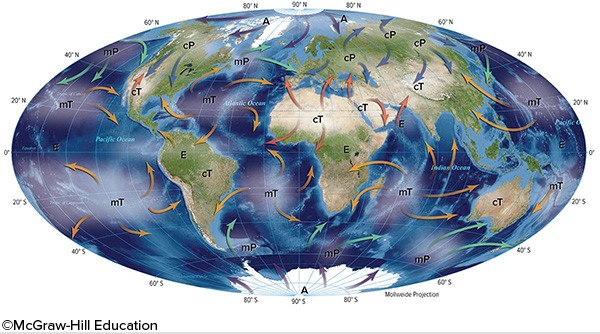Briefly describe the Cornucopian and Cassandran economic positions relative to their environmental views
What will be an ideal response?
Cornucopians such as Julian Simon feel that whenever we face an economic transition stemming from a resource which is in short supply, our innate ingenuity and innovative capacity will see us through. The means may be insights into new materials to use, recycling and reuse strategies, marketplace adjustments, or some combination of these. They point to instances in the past where just such innovation and ingenuity have gotten us past a seeming economic dead end. On the other hand, Cassandrans such as the Limits to Growth team of the 1970s observe that earth's resources are finite and subject to depletion (nonrenewables) or severe stress (renewables). This reality, coupled with a constantly growing population, has to guide models for sustainable economics of the future.
You might also like to view...
In which part of Israel has some land been returned to Palestinian control, but new Israeli settlements have also been allowed?
A) the Dead Sea B) Bethlehem C) the West Bank D) Gaza Strip E) Sinai Peninsula
A new gravel road is cut into the side of a mountain just north of Anchorage, Alaska. As the snow melts in June, the fine gravel and sand of the disturbed region quickly tumbles into the bottom of nearby streams
The addition of this fine gravel and sand changes the stream by A) decreasing the number of plants and animals that live there. B) decreasing the number of plants but increasing the number of animals that live there. C) increasing the number of plants but decreasing the number of animals that live there. D) increasing the number of plants and animals that live there.
What factors, in addition to the distribution of wind and pressure, influence the global distribution of precipitation?
What will be an ideal response?
The mT air masses pictured here originate
A. over water, are unstable, and bring warm air during the winter. B. over water, are stable, and bring cold air during the summer. C. over land, are stable, and bring cold air during the summer. D. over land, are unstable, and bring warm air during the winter.